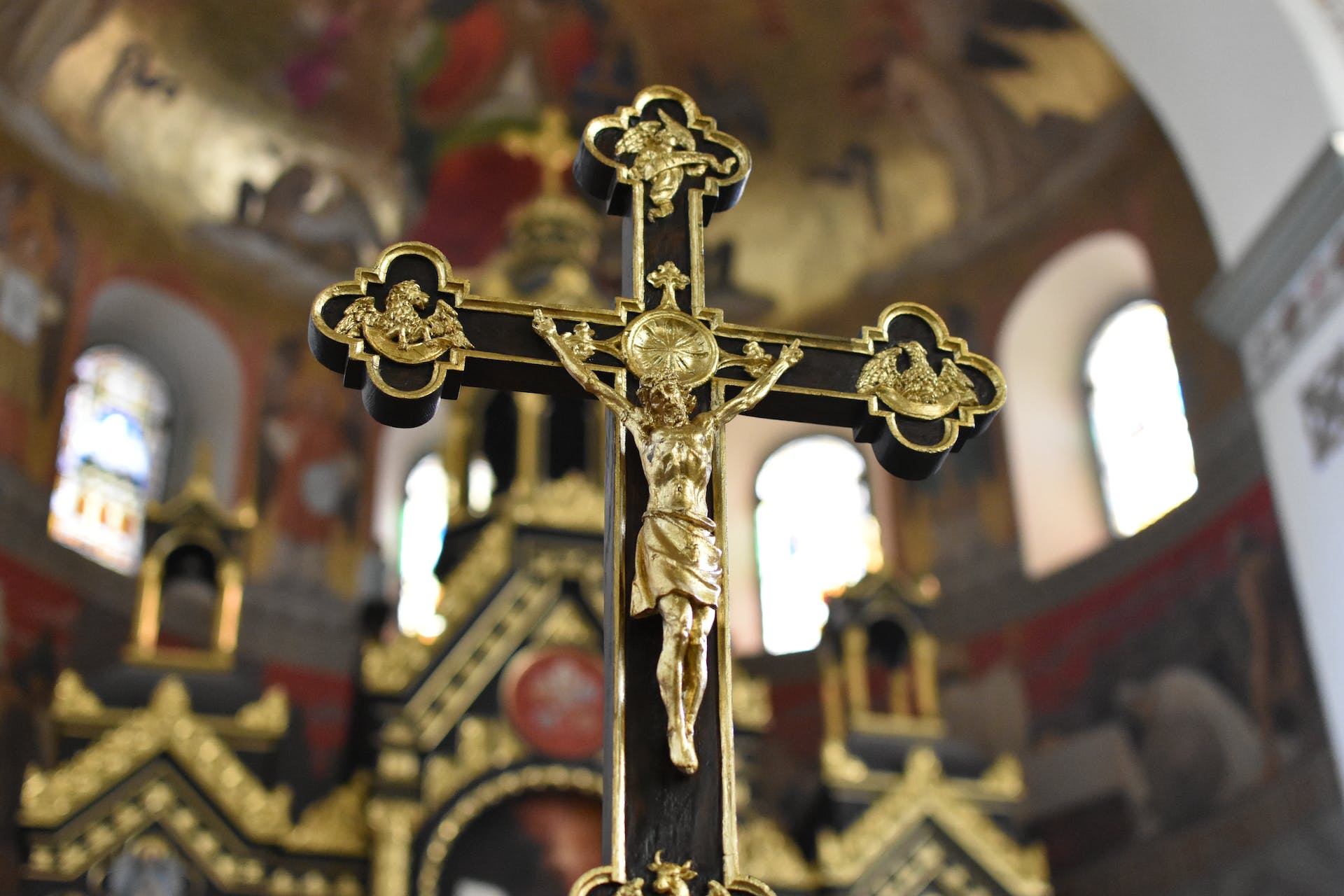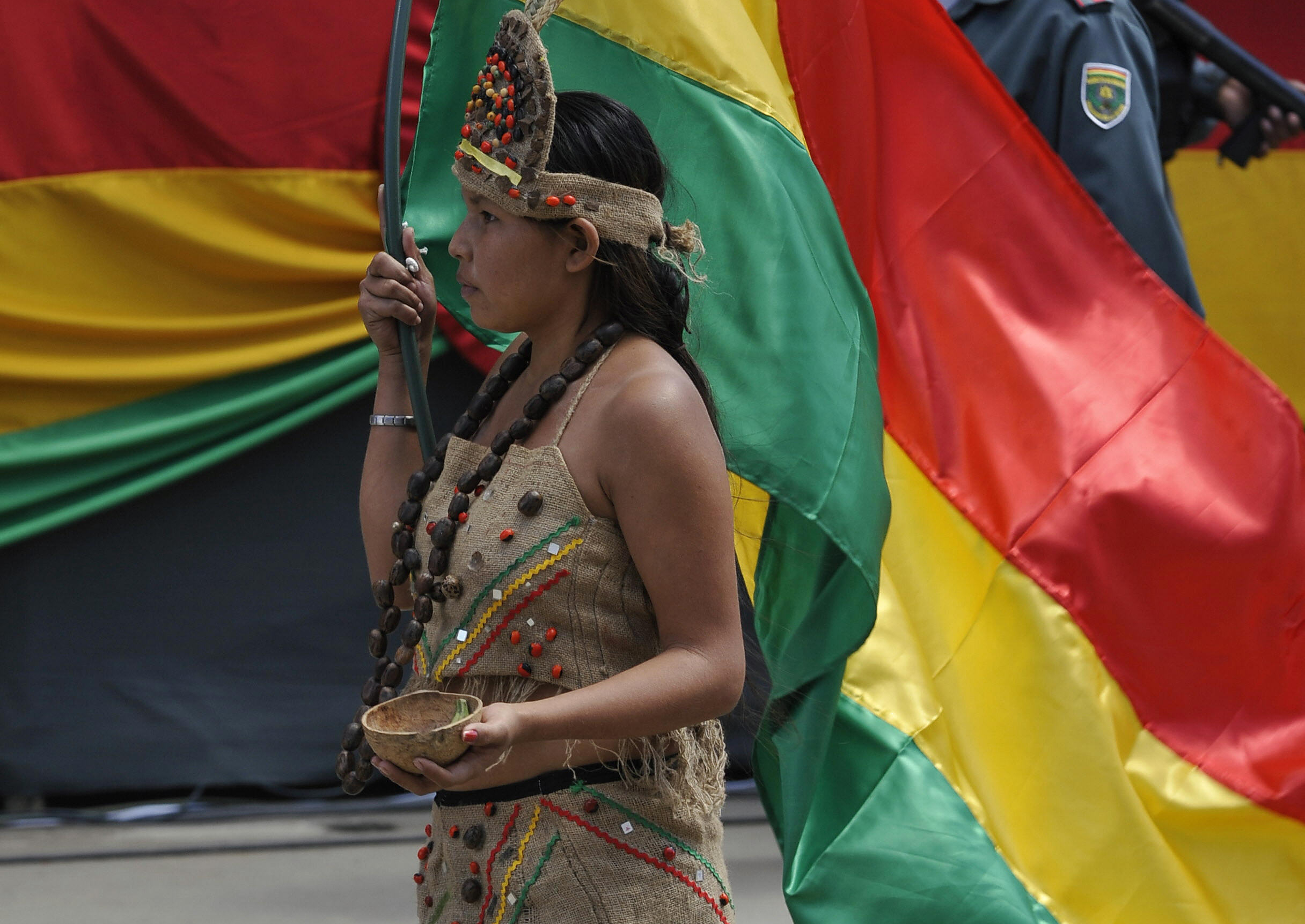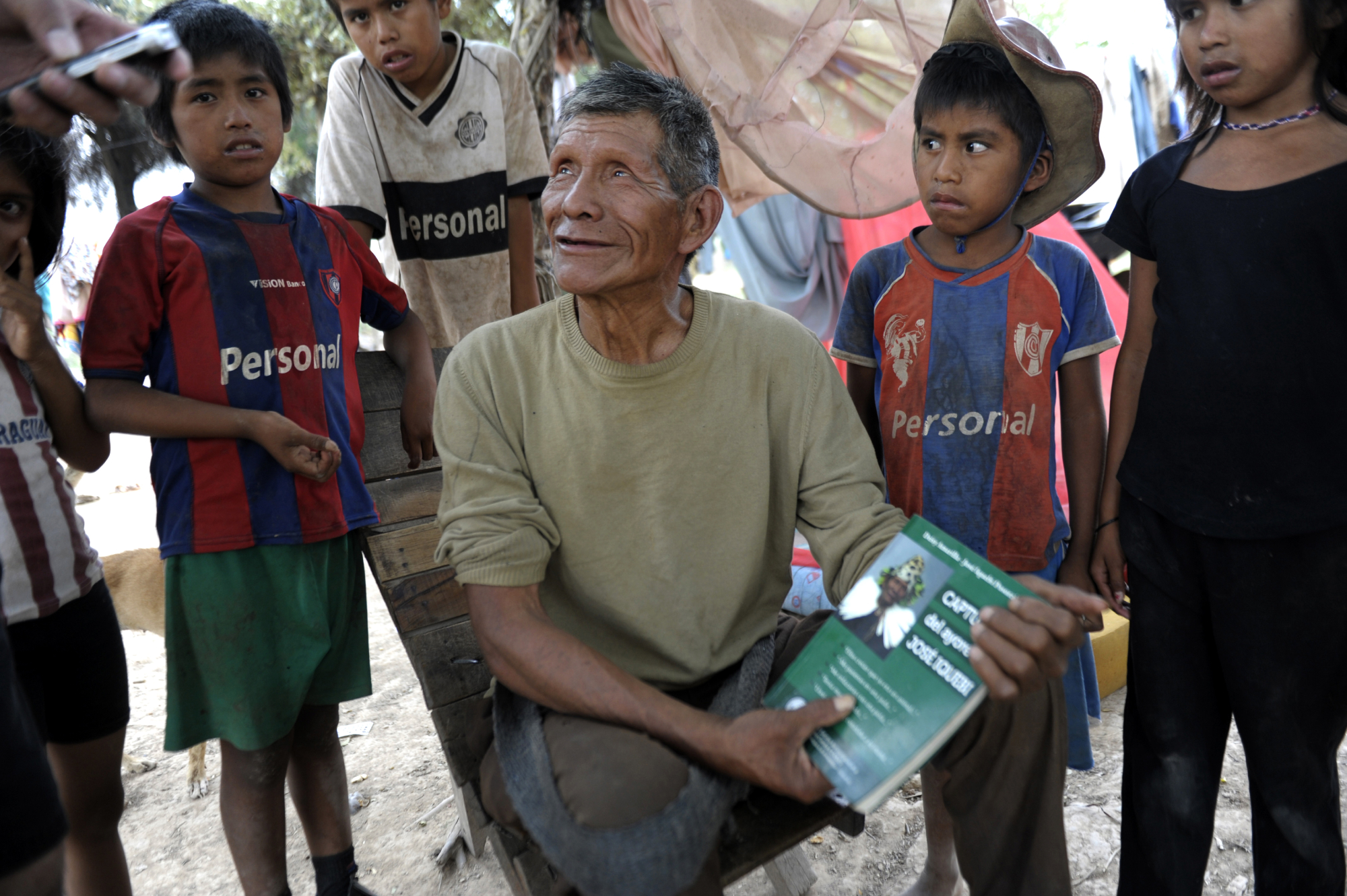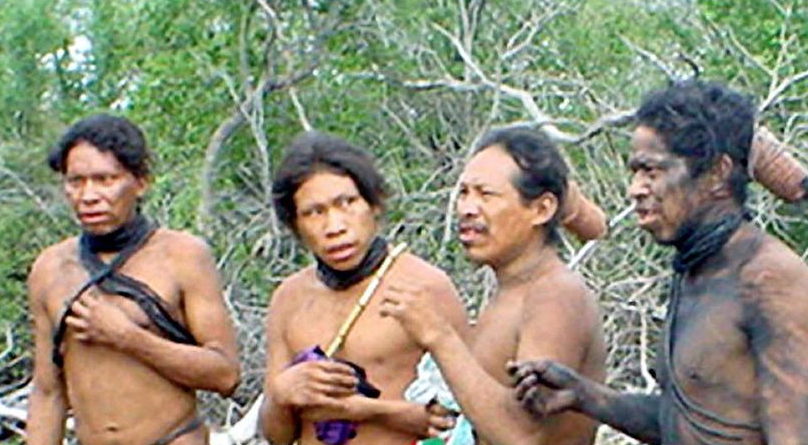The Ayoreo's Fight For Survival
For centuries, the Ayoreo people lived nomadically as hunter-gatherers, but in the late 20th century, contact with outsiders changed all that.
Like many indigenous groups, the Ayoreo found their way of life under attack. For many, this marked a shift to a sedentary lifestyle. For a select few, it signaled the need to retreat deeper into isolation with the outside world.
But choosing to remain isolated has been no guarantee for safety.

Where Do They Live?
The Ayoreo live in the Gran Chaco region of South America. Their traditional territory encompasses the Northen Chaco in Paraguay and the Grand Chaco in Bolivia.
 Ilosuna, CC BY 1.0, Wikimedia Commons
Ilosuna, CC BY 1.0, Wikimedia Commons
How Many Are There?
It is estimated that there are 5,600 Ayoreo. 3,000 live in Bolivia, while 2,600 call Paraguay home.
Most Ayoreo have taken on a sedentary lifestyle, but there's still a small group that follows their nomadic traditions.
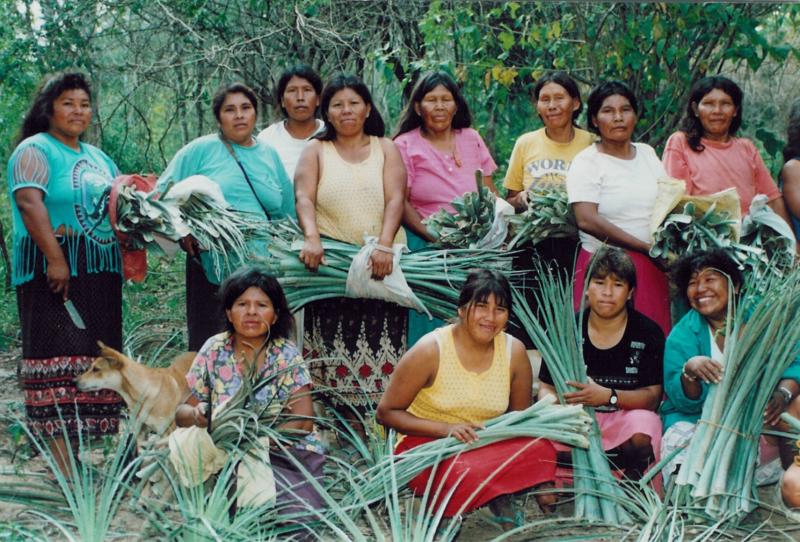 David Lazarus, CC BY-SA 4.0, Wikimedia Commons
David Lazarus, CC BY-SA 4.0, Wikimedia Commons
The Seven Clans
The Ayoreo are made up of seven clans, which are then divided into small tribes.
Each clan has a unique name that describes them as a group. The Totobiegosode are the most well-known, and their name means "people from the place of the wild pigs".
The Seven Clans (Cont'd)
The others clans are: the Garaigosode ("people who live in the lowlands"), the Tacheigosode ("people who live in the region of abundant agouti"), the Direquedéjnaigosode ("people who arrived the other day"), the Guidaigosode ("people who live in villages"), the Ducodegosode ("people of the graves"), and the Tiegosode ("people of the River").
Their Language
The Ayoreo language is from a small family of languages spoken in Bolivia and Paraguay. Ayoreo means "true people". Their other commonly used name, Ayoreode, means "human beings".
Their Leaders
Ayoreo tribes are led by chiefs, who are called "astutes". Men can be elevated to this position only if they have killed more people or animals than anyone else in the tribe.
Their Religion
The Ayoreo practice shamanism. Both men and women can be shamans, and the Ayoreo call them "disdain".
Shamans are highly revered as healers within the community.
 Julian Peters Photography, Shutterstock
Julian Peters Photography, Shutterstock
The Asojna Ritual
Asojna is the Ayoreo's most important ritual. It was named after the nightjar bird. Legend has it that when the nightjar's call was heard for the first time, it signaled the start of the rainy season, and a time of festivities.
 Nigel Voaden, CC BY-SA 2.0, Wikimedia Commons
Nigel Voaden, CC BY-SA 2.0, Wikimedia Commons
Their God
Guede, meaning "sun", was an important divine figure to the Ayoreo. He was responsible for maintaining equality between nature and humanity. He could also grant wishes or curse people with sickness.
After contact with missionaries, Guede eventually became known as Dupade, and was more reminiscent of the Christian God.
Marriage In Ayoreo Communities
The Ayoreo don't have any special ceremonies to celebrate marriage, they just move in together.
While most Ayoreo are monogamous, marriages usually start off with a trial period in which the spouses are free to leave and settle with someone else.
Testing The Waters
As long as children aren't born, Ayoreo couples can try living with several different partners before finally choosing the one they want to raise a family with.
Divorce is very rare in Ayoreo communities.
How Many Uncontacted Ayoreo Are There?
There are estimated to be 150 Ayoreo that remain uncontacted. Sedentary Ayoreo in the Paragauyan Chaco region say there are at least ten isolated tribes.
The Totobiegosode are one of those tribes, but we don't know anything about the others.
 Lupa18, CC BY-SA 4.0, Wikimedia Commons
Lupa18, CC BY-SA 4.0, Wikimedia Commons
How Do We Know They Still Live There?
Catching a glimpse of these isolated tribes is incredibly rare, but we know they're still around based on evidence of their presence in the region: huts, tools, marking on trees, and footprints continue to be found in their traditional hunting grounds.
 National Museums of World Culture Sweden, Picryl
National Museums of World Culture Sweden, Picryl
The Totobiegosode Ayoreo
The Totobiegosode are hunter-gatherers, but when they settle in an area for the rainy season, they grow corn, beans, squashes, and melons.
When hunting or foraging, honey, wild boar, and large tortoises are the most prized catches.
 National Museums of World Culture Sweden, Picryl
National Museums of World Culture Sweden, Picryl
Their Homes
When the Totobiegosode settle in a place, they build a communal home for everyone to live in.
The house is made up of a wooden post that supports a dome-shaped roof with branches and dried mud on top.
 National Museums of World Culture Sweden, Picryl
National Museums of World Culture Sweden, Picryl
They Sleep Outside
Unless it is raining, the Totobiegosode sleep outside the communal house. Each family has their own fire to keep them warm through the night.
 National Museums of World Culture Sweden, Picryl
National Museums of World Culture Sweden, Picryl
Modern Ayoreo Settlements
Sedentary Ayoreo live in small villages. Sharing things like food and tools is a key part of daily life in the village.
Women organize the redistribution of goods in the village, though their husbands get the final say-so.
Education Is Important
Sedentary Ayoreo settlements are often poor, with few job opportunities available for youth.
Education is seen as a way to escape a life of poverty, but most Ayoreo rely on scholarships to attend school. As it stands, it's estimated that only 20% of the Ayoreo population is literate.
Harsh Living Conditions
Basic resources like clean water, electricity, and health services are also scarce in Ayoreo settlements. Health issues are common, and many people contract serious illnesses like malaria and tuberculosis.
Life In The Big Cities
Many Ayoreo have moved to cities in the hopes of finding a job, but gardening and construction work are often the only options available to them.
When things get too dire, some resort to begging or sex work to make ends meet.
The Cattle Farmers
Cattle farming is the biggest threat to the Ayoreo. After a chunk of territory has been taken from them, it is often sold to cattle farmers, who cut down large swaths of forest for their herds.
The deforestation that results from cattle farming has destroyed precious resources that the nomadic Ayoreo need to survive and increases the likelihood of unwanted contact.
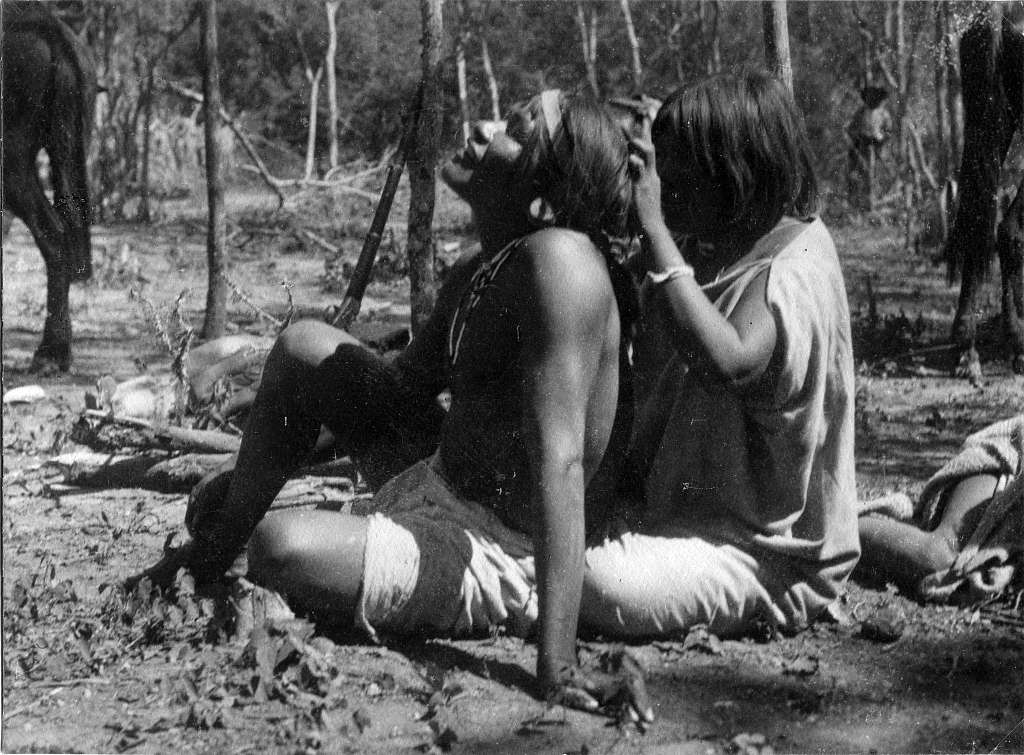 National Museums of World Culture Sweden, Picryl
National Museums of World Culture Sweden, Picryl
Looking For Oil
Oil companies are another major threat to the Ayoreo. In their search for oil, companies disturb the Ayoreo's migratory routes and risk polluting the natural resources in an area.
How Big Was Their Territory?
The traditional territory of the Ayoreo took up over 30 million hectares of land in the Grand Chaco region. That loss of territory began in the early 1700s, when the Ayoreo had their first encounters with Europeans.
 National Museums of World Culture Sweden, Picryl
National Museums of World Culture Sweden, Picryl
First Contact
The Jesuits were the first group of outsiders to meet the Ayoreo. In 1724, they founded the San Ignacio de Zamucos mission in Bolivia.
This endeavor didn't go over very well with the Ayoreo and in 1745, an attack on the mission led the Jesuits to abandon the site.
 National Museums of World Culture Sweden, Picryl
National Museums of World Culture Sweden, Picryl
The Chaco War
The Ayoreo remained uncontacted until the 1900s. From 1932 to 1935, their territory became the conflict zone for the Chaco War.
This fight between Bolivia and Paraguay saw more than 100,000 soldiers enter the Ayoreo territory.
 Unknown Author, Wikimedia Commons
Unknown Author, Wikimedia Commons
New Threats
The Chaco conflict was the beginning of a brutal era of change for the Ayoreo people. In addition to their violence, the army brought new diseases to the Ayoreo, which led to many deaths.
This was bad, but dying from sickness was just the tip of the iceberg when it came to new threats against the tribe.
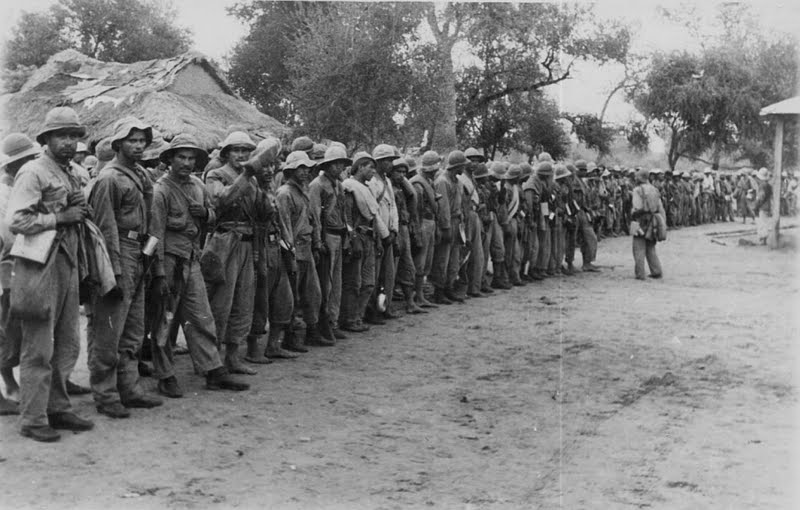 Doctor Carlos De Sanctis, Wikimedia Commons
Doctor Carlos De Sanctis, Wikimedia Commons
They Wanted Them Gone
In the 1940s, Bolivia and Paraguay both wanted to claim the valuable lands that the Ayoreo traditionally inhabited.
Paraguay came up with a ruthless solution to this "problem". From the 1940s all the way until the 1970s, Paraguayan troopers could be relieved from military service if they killed an Ayoreo.
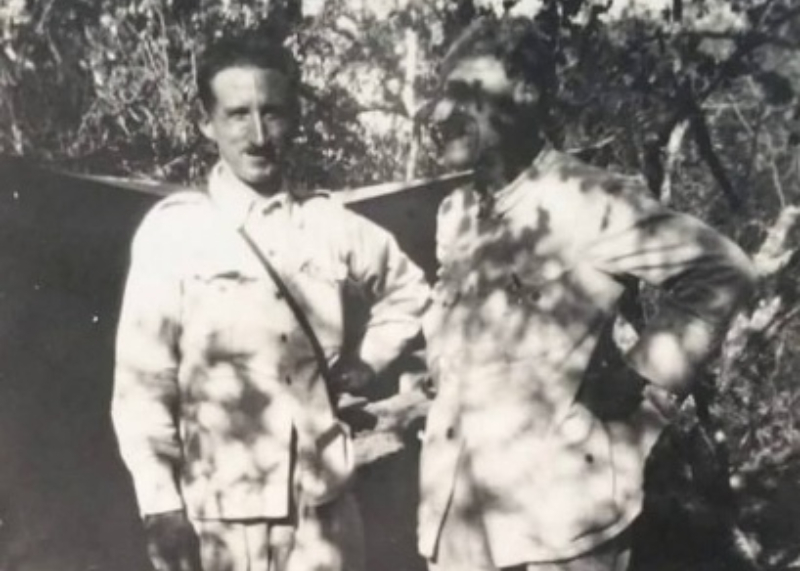 Pedro Cayetano J Vera, CC BY-SA 4.0, Wikimedia Commons
Pedro Cayetano J Vera, CC BY-SA 4.0, Wikimedia Commons
A Cruel Exhibit
While the Ayoreo were seen as a nuisance by the Bolivian and Paraguayan governments, they were also a curiosity—but this didn't work in their favor.
During the 1940s, many Ayoreo children were stolen from their homes. A 12-year-old boy named Iquebi was the first to be taken and put in an exhibit.
The Missionaries Arrive
After the construction of the Santa Cruz-Corumba railroad, reaching the Ayoreo's territory was easier than ever. Christian missionaries made contact with the Bolivian Ayoreo in the late 1940s, before making their way to the groups in Paraguay.
 National Museums of World Culture Sweden, Picryl
National Museums of World Culture Sweden, Picryl
Turning On Each Other
The army and missionaries weren't the Ayoreo's only enemies—eventually they had to fear each other.
Some Ayoreo tribes helped outsiders find other Ayoreo settlements to displace. But they didn't exactly do so willingly: kidnapped Ayoreo were often tortured until they gave up the location of other villages.
The Missionaries Move In
The missionaries forced the Ayoreo from their land, often resorting to violence and manipulation to achieve this goal. While the missionaries made new settlements on the land, they also sold much of it for cattle farming.
 National Museums of World Culture Sweden, Picryl
National Museums of World Culture Sweden, Picryl
The Mission Stations
When the Ayoreo were forced from their homes, they were often sent to mission stations to live with the missionaries.
Living in the mission stations forced the Ayoreo to give up their nomadic lifestyle and cultural traditions, so they could assimilate with outsiders.
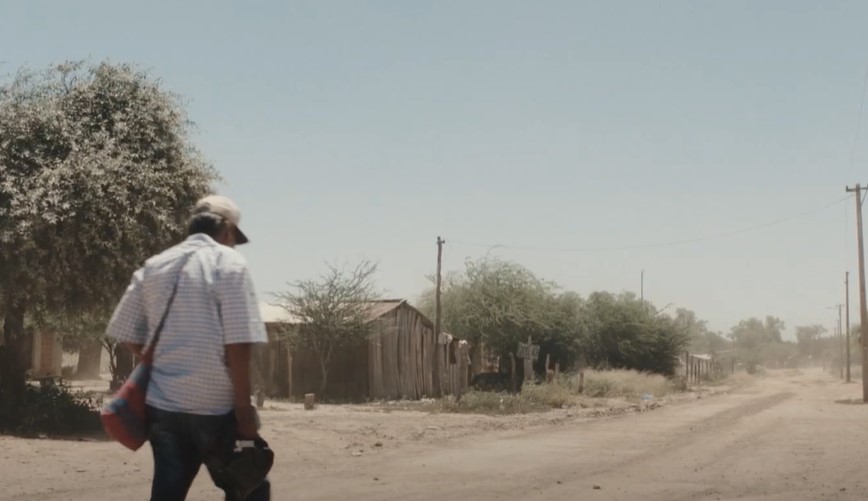 Cineworx Filmproduktion, Nothing But the Sun (2020)
Cineworx Filmproduktion, Nothing But the Sun (2020)
A Breeding Ground For Sickness
Like the soldiers before them, the missionaries introduced new diseases to the Aroyeo. Many Ayoreo suffered from health problems after moving to the mission stations. Many others lost their lives because of foreign illnesses.
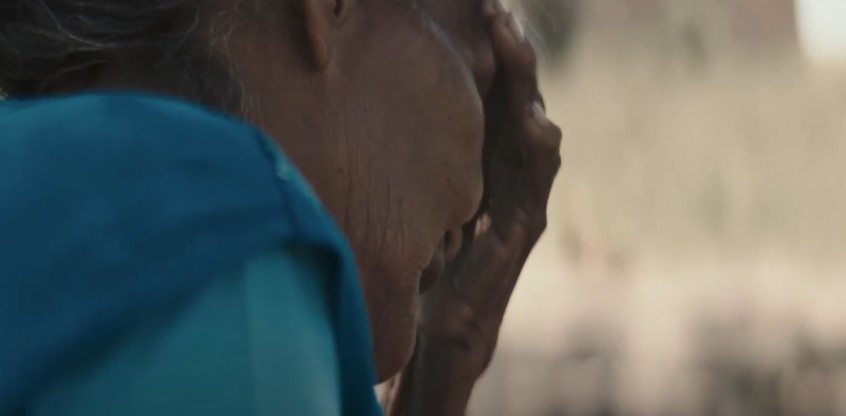 Cineworx Filmproduktion, Nothing But the Sun (2020)
Cineworx Filmproduktion, Nothing But the Sun (2020)
New Tribes Mission
In 1979, the New Tribes Mission became determined to find the most isolated group of Ayoreo: the Totobiegosode.
There was international outcry over this, but the mission didn't stop organizing manhunts to find Totobiegosode until 1986.
They Isolated Themselves
The Totobiegosode fought back against the missionaries, but while people died on both sides, the Ayoreo were also losing people to disease. Today, the Totobiegosode are one of the small groups of Ayoreo who continue to avoid contact with the outside world.
Land Rights
There are several laws that grant the Ayoreo rights of ownership over their traditional homelands. Despite this, oil and logging companies continue to encroach on their territory.
Each year, the Ayoreo lose eight million hectares of land.
 Cineworx Filmproduktion, Nothing But the Sun (2020)
Cineworx Filmproduktion, Nothing But the Sun (2020)
Choosing To Make Contact
In 2004, 17 members of the Totobiegosode decided to leave their territory. After mass deforestation, it had become difficult for the tribe to avoid encounters with outsiders, so they chose to adopt a sedentary lifestyle.
The group call themselves Areguede'urasade, which means "the people of Areguede".
 Comisión Interamericana de Derechos Humanos, Flickr
Comisión Interamericana de Derechos Humanos, Flickr
New Name, Same Threat
Missionaries are still a threat to the Ayoreo's way of life. New Tribes Mission, which is now called Ethnos360, continues to operate with the goal of contacting and converting isolated tribes.
Ethnos360 also has influence on many sedentary Ayoreo communities, which has led to the widespread suppression of many important cultural traditions, like the Asojna ritual.
 Cineworx Filmproduktion, Nothing But the Sun (2020)
Cineworx Filmproduktion, Nothing But the Sun (2020)
Returning To Their Homeland
With so much hardship in sedentary communities and major cities, some Ayoreo have chosen to return to a nomadic lifestyle. The Atetadiegosode were the first sedentary tribe to return to their traditional lands in 2010.
 Cineworx Filmproduktion, Nothing But the Sun (2020)
Cineworx Filmproduktion, Nothing But the Sun (2020)
Final Thoughts
For many years, the Ayoreo's struggle to survive has been a silent one. Now, the world is watching.
Though deforestation and the loss of their territory pose major threats, the Bolivian and Paraguayan governments have been taking steps to protect the Ayoreo's land. International human rights groups have also taken notice and joined the fight to protect these people.
There's still a long way to go before the Ayoreo are truly safe from outsiders, but there is hope that this unique culture can survive for generations to come.






